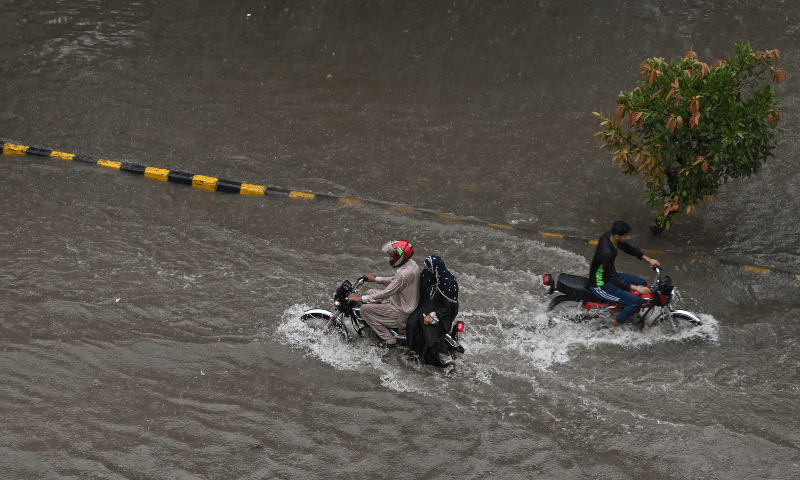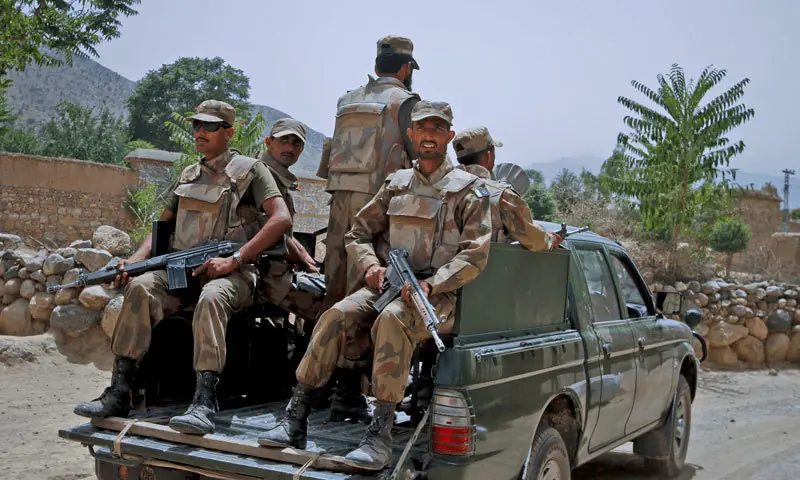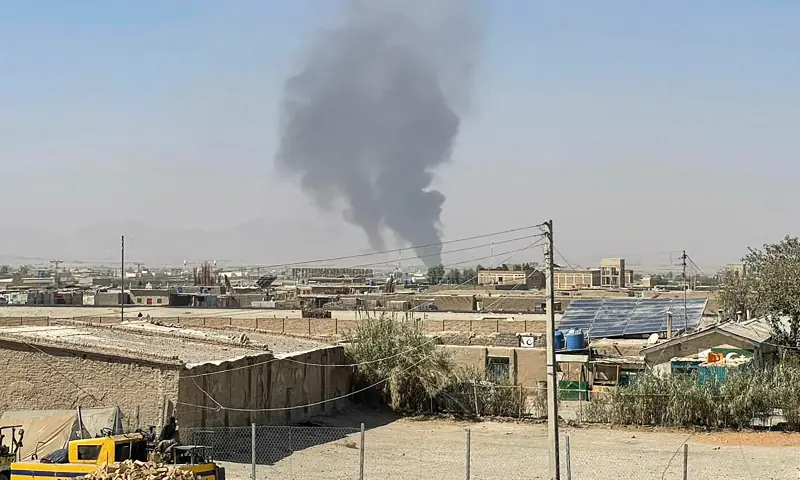The National Emergency Operation Center (NEOC) of the National Disaster Management Authority (NDMA) on Friday issued a weather alert that warns that the rains from monsoon moderate to heavy are expected to affect multiple regions of the country for a three -day period that begins from July 13 (Sunday).
The rains of the monsoon fall throughout the region from June to September, offering a breath of summer heat and replenishing water supply and agriculture. They are crucial for the livelihoods of millions of farmers and food security. However, they also trigger mortal floods, landslides and displacement, particularly in vulnerable areas, poorly drained or densely populated.
The NEOC advised the public to take precautionary measures in anticipation of the rains.
The prognosis indicates moderate to heavy monzonic rain in several regions of Pakistan due to the intensified entry of humidity of the Bengal Bay and the Arabian sea, along with an active west wave system.
As a result, substantial increases in rivers flows are expected, especially in the Indo, Kabul, Jhelum (upstream of mangla) and Chenab rivers.
The advice declared that Tarbela, Taunsa and Guddu bombings were currently at low flood levels, while Kalabagh and Chashma were at middle levels.
“It is also expected that Taussa rises to flood media levels, with low flows to media that probably persist in the Indo River stations during the next week,” said the NDMA.
The Chenab River is expected to reach low flood levels in Marala and Khanki, while low flood levels are also forecast for the Kabul River in Nowshera.
Rain -induced swelling is anticipated in the Swat and Panjkora rivers, as well as in their associated currents and nullahs.
It is likely that torrential flows in Torrents de Dera Ghazi Khan and Rajanpur are reactivated with medium to high flows during the next meteorological spell. In Baluchistan, the currents and the Nullahs in the northeast districts can experience high flows, including Jhal Magsi, Kachhi, Sibi, Qila Saifullah, Zhob and Musakhel.
In addition, sudden floods located in the river networks of the districts of southern Baluchistan such as Khuzdar, Awaran, Lasbela and Qalat are expected. At present, the Tarbela dam has a storage capacity of 74 percent and the mangla dam is at 44pc according to the prognosis.
The NDMA advised the residents who live near rivers, streams and nullahs that remain vigilant for sudden surge in water levels, especially during heavy rains and night.
“Communities in flood -prone areas must identify safe evacuation routes, ensure household items, vehicles and cattle in high locations, and prepare emergency kits with essential supplies, including foods, water and sufficient medications for three or five days,” he said.
“The district administration, particularly in the northeast and central Punjab, must prepare wear equipment to handle water accumulation due to strong fish,” he added.
The NDMA urged the public to remain updated through official flood warnings transmitted through television, radio, mobile alerts and the mobile disaster alert application Pak NDMA.
“All citizens are remembered to avoid crossing roads, low bridges and flooded roads.”
The NDMA said that it continues in “close coordination with the relevant authorities” to monitor the situation and guarantee the timely dissemination of alerts.
Sindh prepares for monsoon rains
The Sindh Prime Minister Syed Murad Ali Shah convened a high -level meeting to review and improve preparations for the next rains of the monsoon, emphasizing the preparation in all relevant departments and institutions throughout the province.
The meeting, held at CM CM, included provincial ministers Sharjeel Memon, Nasir Shah, Saeed Ghani, Jam Khan Shoro, Zia Lanjar, Mohammad Bux Mahar and Mohammad Ali Malkani. Also present were the mayor of Karachi, Murtaza Wahab, Ghulam Nabi Memon Police Inspector, Karachi Hassan Naqvi Commissioner, Provincial Secretaries, Chief Metrologist Ameer Hyder, and Disaster Management, Water Board, K, Heads of Solid Waste and Representatives of the Body-V.
The meeting participants observed that the weather forecasts predict a “low heat” pressure area that are formed before the usual on southern Pakistan, and the rains are expected to be normal to slightly above normal during July and August. Upper Sindh can see a 10 percent increase in the rain, while southern Sindh could experience a 20-30 percent increase.
Flood management remains a priority since the lower region of the Indo faces significant risks, with possible floods of the torrents of the Indo River and Las Colinas.
To combat these challenges, the CM has activated all interested departments and organizations to improve drainage systems and pumping stations, ensuring that they are operational before the Monzón season.
Continuous restoration efforts of the floods of 2022 focus on the critical improvements of the infrastructure to improve the resilience of the region against floods.
The CM was told that the cleaning of drains began on June 20, with the operation that will continue until September 15. All the main points of suffocation and sewers have been clear as part of this effort.
Underground steps, including Tariq Road, KPT, Submarine and Mehran, are being prioritized, while emergency response equipment remain in maximum alert throughout the city.
It was noted that the city faced problems such as inadequate infrastructure to handle more than 45 millimeters of rain per hour, with challenges that include plastic waste and invasions that block drains, particularly in the Korangi district.









